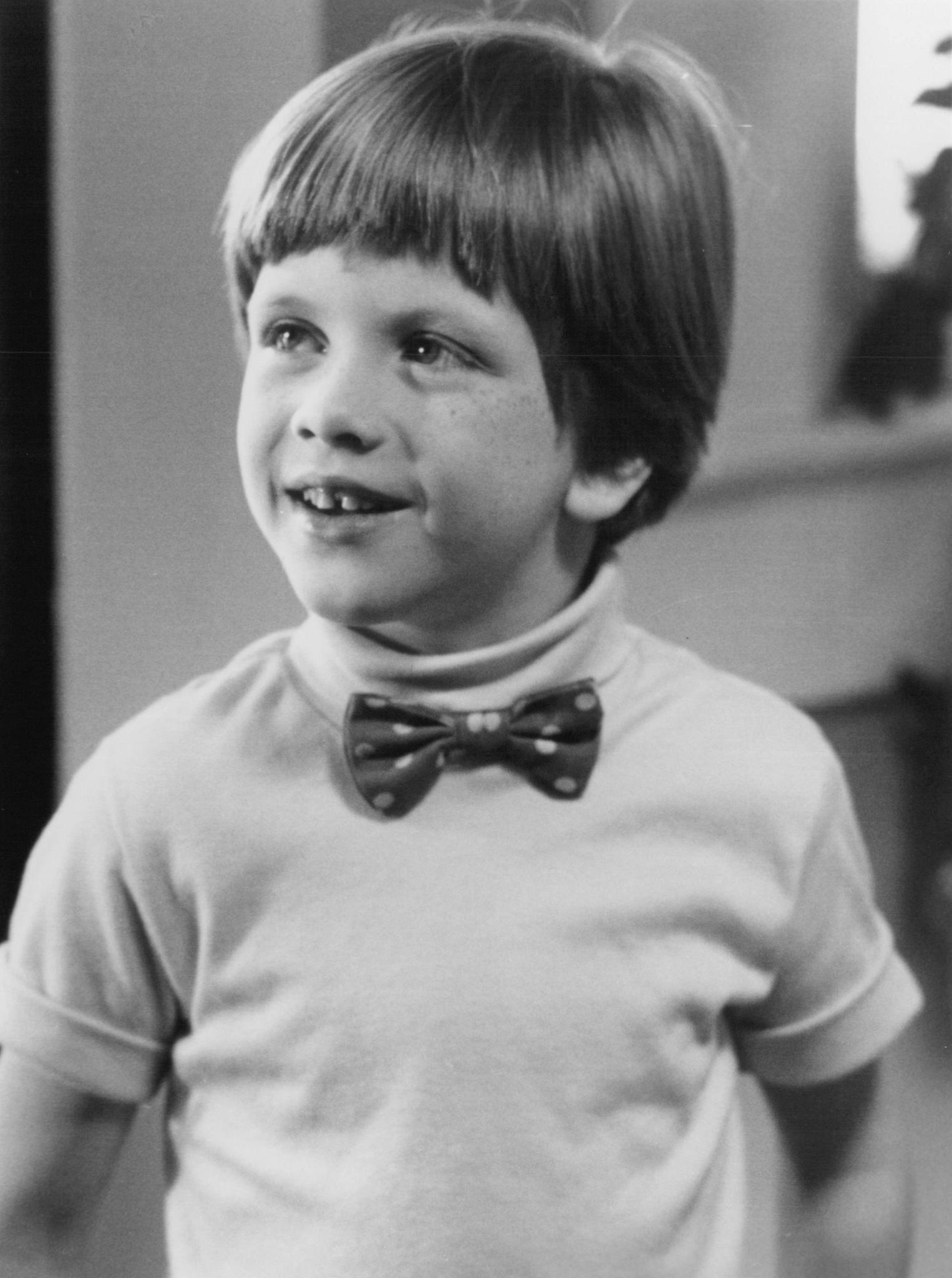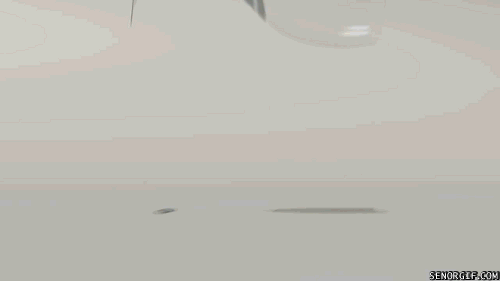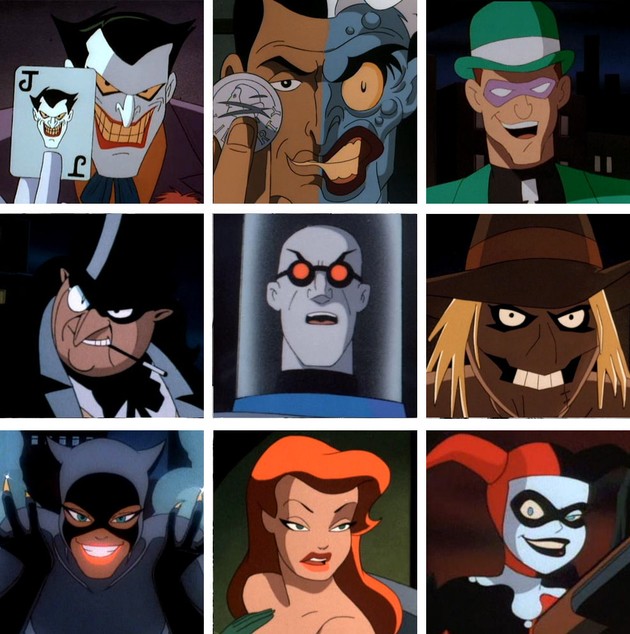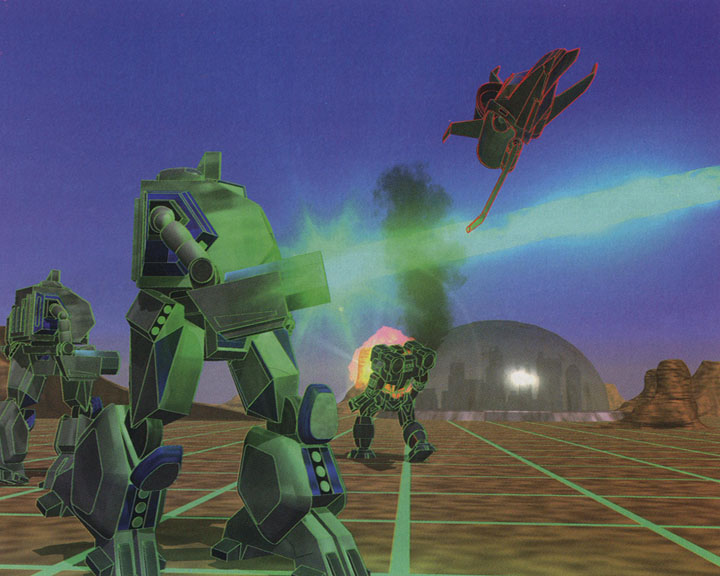MIGHTY MAX’ Episode 1.1 “A Bellwether in One’s Cap” (7 out of 10) Based on the Might Max Toy line made by Bluebird toys; developed for television by Mark Zaslove and Rob Hudnut; starring Rob Paulsen, Tony Jay, Richard Moll, and Tim Curry; originally aired September 12, 1993
After today’s viewing I’m not exactly sure how this wasn’t my favorite cartoon at the time of its airing. I was the right age for it, and the developed plot and mythology makes it surprising that the show was created as a means to sell toys, toys that were an off chute of Polly Pocket no less.
The pilot episode does a pretty good job of wrapping up all the whats and whos and whys into 20 minutes. We are introduced first to Skullmaster destroyer of Lemuria and Atlantis. Lemuria for those who don’t know was a hypothetical lost continent that previously was used to explain perceived discrepancies in biogeography, the discovery and understanding of plate tectonics has rendered the theory unnecessary. Atlantis is of course, Atlantis.
For his crimes, Skullmaster was imprisoned underground where he made a home at Skull Mountain and took control of the various hellish monsters there. You can think of Skullmaster as Sauron and Skull Mountain as Mt. Doom.
Almost immediately upon meeting Max it’s clear that he’s brighter than the average kid. He arrives home from school, the house is empty, and Mom is working late. A package is delivered and addressed to Max. Inside is a small statue of an anthropomorphic bird. Egyptian hieroglyphs on the statue bear a prophecy, “You have been chosen to be the cap-bearer. Go to the mini-mart and wait for a sign Mighty Max.”
The term ‘Mighty’ is used as a title of courtesy, like Mr. or Mrs. turning it’s repeated use from something of an annoyance to something kind of cool. Max drops the statue astonished, inside is a hat marked with a large M. He puts it on because, of course you do.
Max leaves for the mini-mart and we turn back to Skullmaster watching the events unfold from underground. He sends a lava monster with the order to bring him Max’s heart so he can eat it raw.
When Max arrives at the mini-mart, the lave monster is already there and generally tearing things up, Max runs. You might say that makes Max a coward but bear in mind, the monster was made of lava. I’m not ashamed to say I’d probably run too. While running Max accidentally activates the hat and opens a portal to Mongolia where he meets Virgil, the bird from the statue and Norman, an immortal Viking warrior (whose adventures through time were the basis for Thor, Hercules, Lancelot, and others) and sworn guardian of the chosen one.
The three of them return to Max’s bedroom where Virgil insists a basement is present despite Max never having seen one. Norman punches out a part of the wall and reveals a door leading to a secret basement. There they find the portal to Skull Mountain. The lava monster arrives and takes Virgil through a portal to Skull Mountain forcing Max and Norman to pursue.
Thus begins Max’s teleporting adventures around the world protecting humanity from Skullmaster.
Upon arriving Norman is subdued by a group of monsters almost immediately leaving Max alone when Skullmaster arrives. Max eludes his grasp and runs in search of Virgil and Norman. Once reunited they attempt to escape but the only portal out of here is thirty feet out over a waterfall made of lava. They are confronted by Skullmaster again who tells them there is no escape. He also states his intention to rip the limbs from their bodies and slowly suck the barrow from their bones.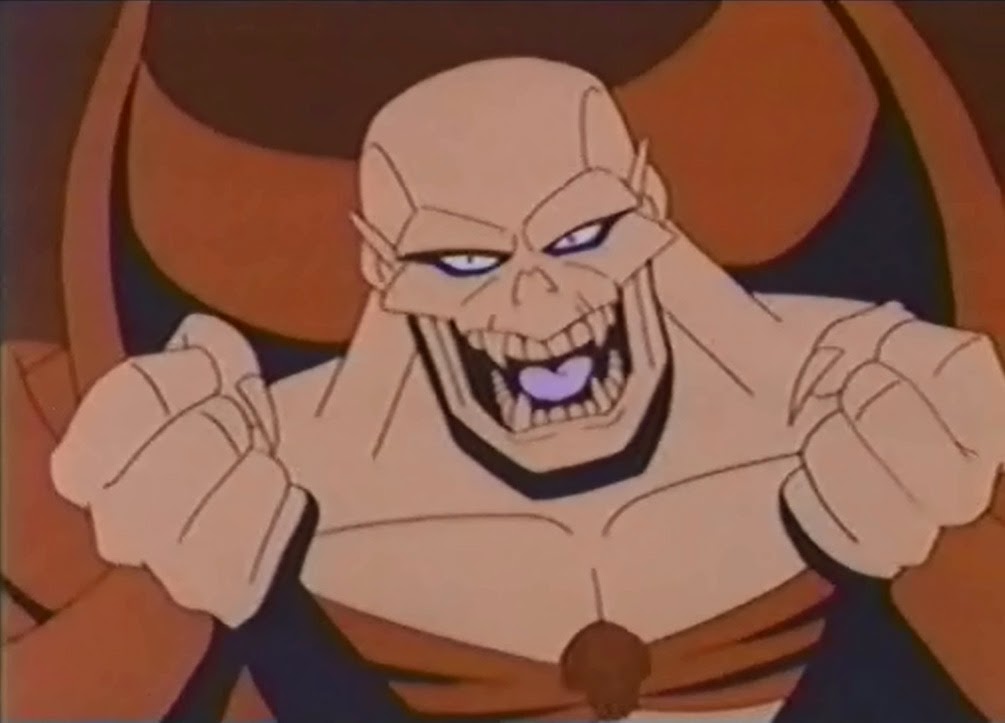
This was the moment I realized I love this cartoon. A kid with a hat that opens portals, a talking hyper-intelligent bird, and an immortal Viking warrior battle in what is essentially hell to protect humanity from destruction and a villain who is legitimately scary; I mean who says stuff like that?
Max finds a tunneling machine and drives it into the river of lava with Virgil and Norman in tow. Skullmaster grabs onto the side. Our three heroes climb to the top and leap as the machine falls over the lavafall and through the portal to safety or- Australia so, relative safety.
Skullmaster falls into the fading abyss while screaming “You will die!” You know he’s not dead, you know that right? Because I’m going to go out on a limb here and say he’s not dead. He’s Skullmaster for Norman’s sake.
